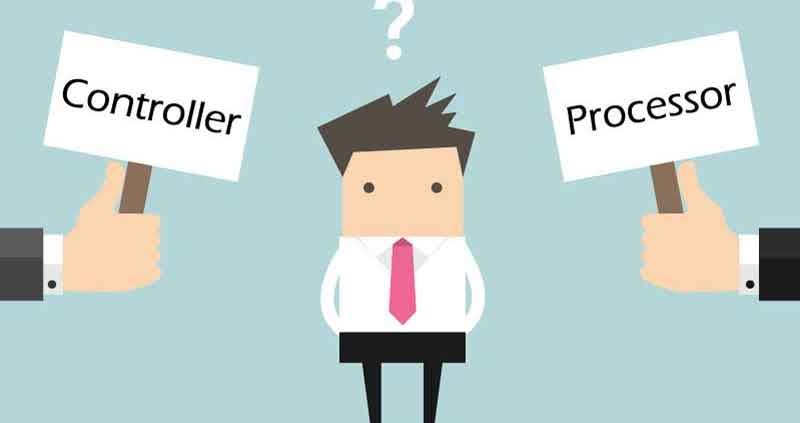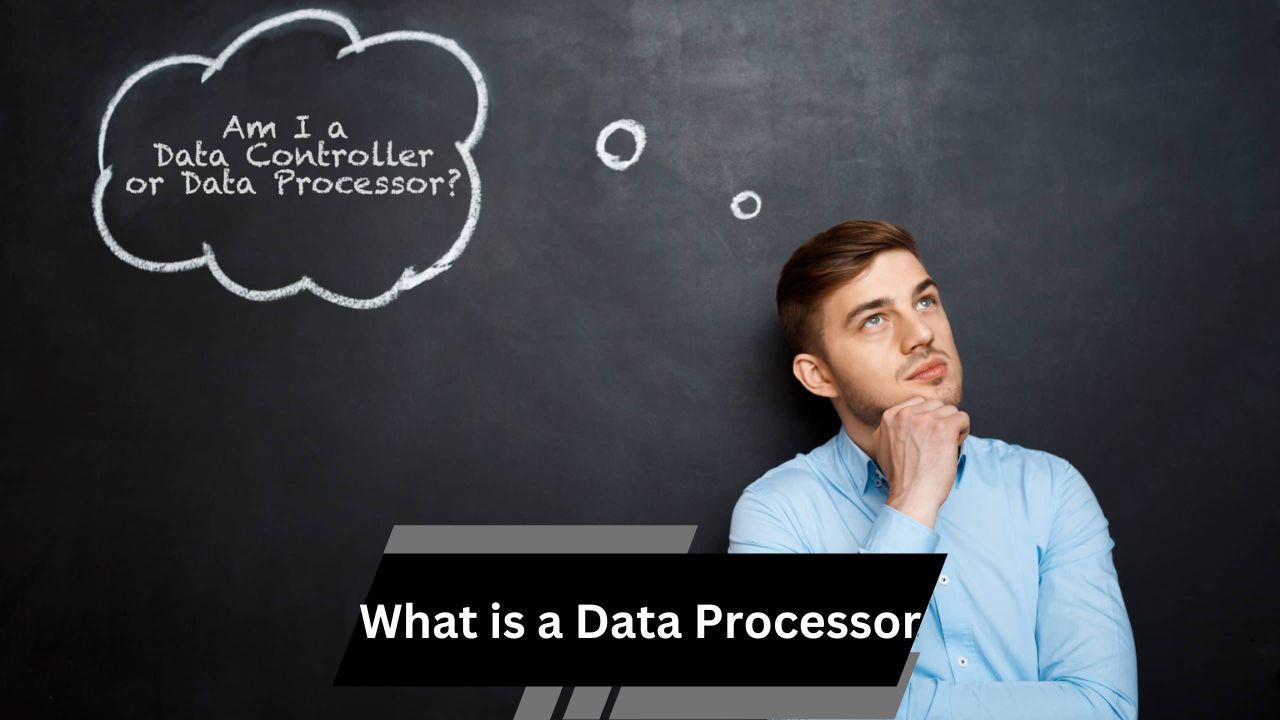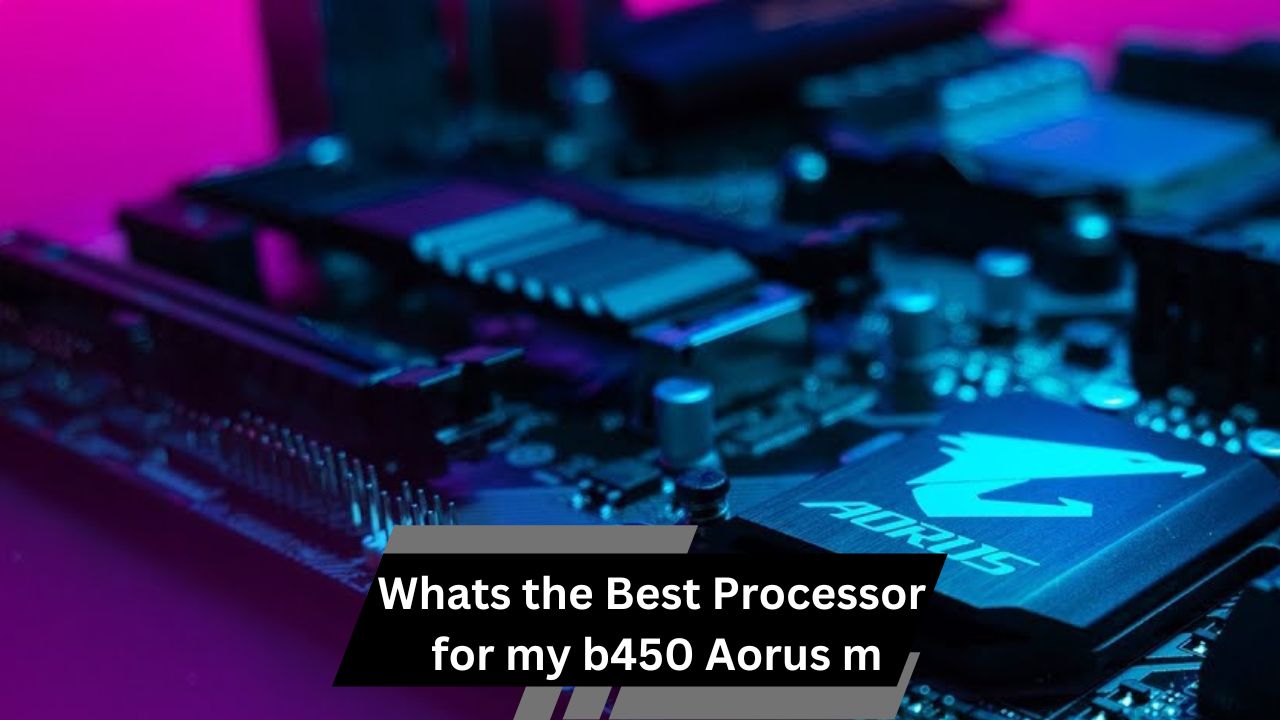Data processors manage data for controllers who set processing rules. Sub-processors help processors, and contracts detail responsibilities and security measures.
In today’s data-driven world, understanding the roles of various data entities is crucial for managing and protecting information. This article will explain the key roles related to data management, including data processors, controllers, and sub-processors, and their responsibilities. We’ll also look at what needs to be included in important contracts and how liability is handled.
A data processor is an entity or system that processes personal data on behalf of a data controller under legal and contractual obligations. Tasks include storing, organizing, analyzing, or transferring data, often in compliance with regulations like GDPR. Advanced processors now integrate AI for efficient handling and secure processing. Their role is pivotal in safeguarding privacy while enabling data-driven operations.
What is a Data Processor:
A data processor is someone who handles personal data on behalf of another party. Think of them as the operators who perform tasks with data, such as collecting, storing, or analyzing it, based on instructions given by a data controller. For instance, if a company hires a third party to manage customer information, that third party is the data processor. Their job is to follow the controller’s instructions and ensure the data is handled properly and securely.
What is a Data Controller:

A data controller is the person or organization that decides how and why personal data is processed. They have the authority to determine the purposes for which data is collected and how it is used.
For example, a company that collects customer data to improve its services is a data controller. They must ensure that data processing activities comply with legal standards and protect the rights of individuals.
What is a Joint Controller:
When two or more entities work together to decide how and why personal data is processed, they are known as joint controllers. This means they share responsibilities and decision-making about the data.
For example, if two companies collaborate on a joint marketing campaign and share customer data, they both become joint controllers. They need to clearly define and document their roles and responsibilities for handling the data.
What is a Sub-Processor:
A sub-processor is a third party hired by a data processor to help with specific data processing tasks. If a data processor needs additional help, they may use sub-processors to handle certain tasks, like data storage or analysis. The sub-processor must follow the same data protection rules as the main processor. For instance, if a cloud storage provider is used by a data processor, that provider is a sub-processor.
What are the Responsibilities of a Processor:
Data processors have several important duties, including:
- Processing Data: Handle data according to the instructions given by the data controller.
- Data Security: Implement strong security measures to protect data from unauthorized access or breaches.
- Data Breach Notification: Inform the data controller immediately if there’s a data breach or security incident.
- Compliance: Follow all relevant data protection laws and regulations.
- Supporting Controllers: Help the data controller respond to requests from data subjects, such as requests to access or correct their data.
Also read: Issuer Processor – A Comprehensive Guide!
What to Include in a Controller-Processor Contract:
A contract between a data controller and a data processor should include:
- Scope of Processing: A detailed description of what data will be processed and for what purposes.
- Data Protection Requirements: Specific obligations for securing the data and ensuring privacy.
- Use of Sub-Processors: Rules about whether the processor can use sub-processors and under what conditions.
- Breach Notification Procedures: Steps the processor must take if there’s a data breach.
- Audit Rights: The controller’s right to review the processor’s compliance with the contract.
What to Include in a Processor-Sub-Processor Contract:
A contract between a data processor and a sub-processor should cover:
- Scope of Processing: Clear details about the tasks the sub-processor will perform.
- Data Protection Obligations: Security measures and compliance requirements for the sub-processor.
- Further Sub-Processing: Conditions under which the sub-processor can hire other sub-processors.
- Breach Notification: Procedures for notifying the primary processor about any data breaches.
- Contractual Obligations: Agreement on the responsibilities and liabilities of the sub-processor.
Who is Liable to Whom:
Liability refers to who is responsible for what if something goes wrong with data processing. Generally:
- Data Controllers are responsible for ensuring that their data processing practices comply with data protection laws.
- Data Processors are responsible for processing data according to the controller’s instructions and maintaining data security.
- Sub-Processors are responsible to the data processor for following data protection rules and handling data securely.
Checklist of Responsibilities:
Here’s a handy checklist to ensure all parties are fulfilling their responsibilities:
Data Controllers:
- Define how and why data is processed.
- Ensure compliance with data protection laws.
- Manage requests from individuals about their data.
Data Processors:
- Process data as instructed by the controller.
- Implement appropriate security measures.
- Notify controllers of any data breaches.
Sub-Processors:

- Follow the terms set by the primary processor.
- Ensure data protection measures are in place.
- Report any data breaches to the primary processor.
What Does a Data Processor Do:
- Preparing Data: Data processors get data ready for use by making sure it is accurate and properly formatted. This can involve cleaning up errors and organizing the data.
- Inputting Data into Relevant Software: They enter data into software systems or databases used for processing. This step involves making sure the data is entered correctly and integrated into the system.
- Organizing Data: Organizing data means arranging it in a way that makes it easy to access and use. This can include sorting data into categories, tagging it, and ensuring consistency.
- Storing Data: Data processors are responsible for securely storing data. This involves using protective measures to prevent unauthorized access and ensuring the data remains intact.
FAQ’s:
1. What is a data processor?
A data processor manages personal data according to the instructions given by a data controller.
2. What is a data controller?
A data controller decides how and why personal data is processed and ensures compliance with data protection laws.
3. What is a joint controller?
Joint controllers are two or more entities that share responsibility for determining the purposes and means of processing personal data.
4. What is a sub-processor?
A sub-processor is a third party hired by a data processor to perform specific data processing tasks.
5. What should be included in a controller-processor contract?
It should detail the scope of processing, data protection requirements, use of sub-processors, breach notification procedures, and audit rights.
Conclusion:
Understanding the roles of data processors, controllers, and sub-processors is essential for effective data management and protection. By clearly defining these roles and ensuring proper contractual agreements, organizations can handle data responsibly and comply with legal requirements. This helps in safeguarding personal information and maintaining trust in data processing activities.




